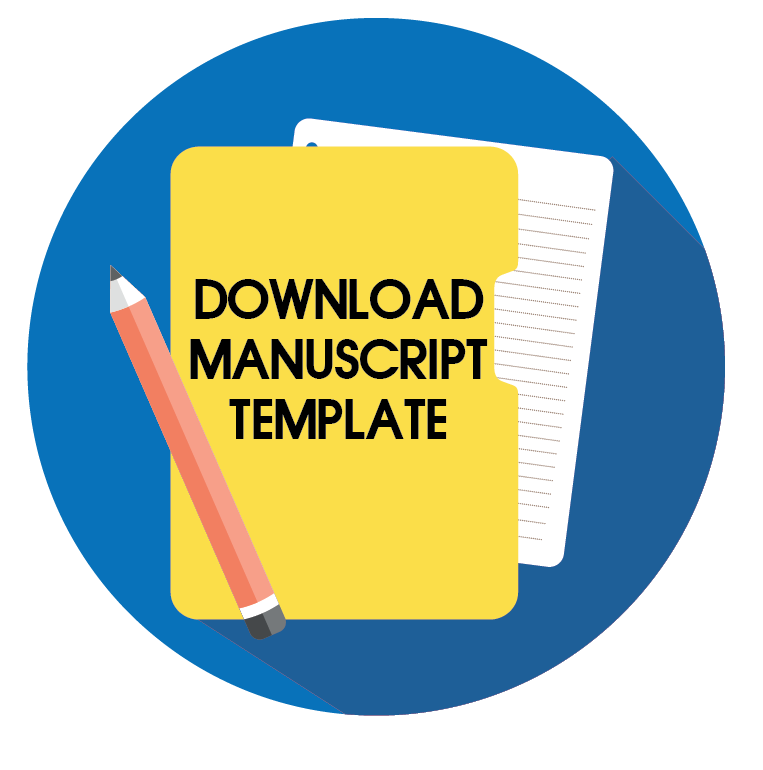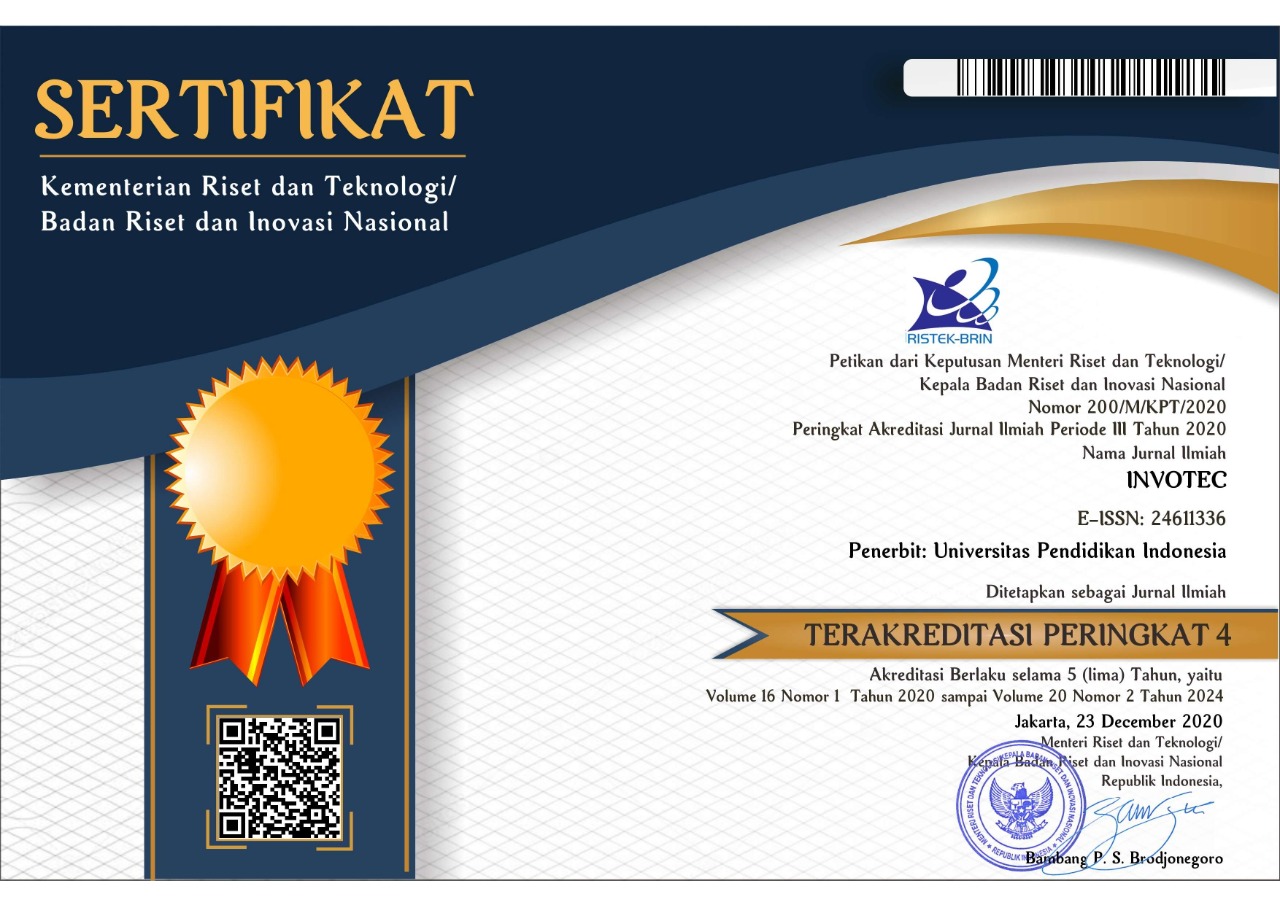Series of Digital Based Material as Innovation for Marine and Fisheries Education Learning Media
Abstract
Smartphone users are increasing every year. This increase is due to the functions of smartphone technology, which help a lot to meet the needs of the community, social media, entertainment, shopping, work, managing finances, health and education. This must be anticipated by increasing digital-based educational content to optimise opportunities for improving technology to accelerate the quality of education. The development of learning materials in digital form is arranged in an android-based application. Innovative use of information and communication technology (ICT) to support marine and fishing learning strategy lectures in the form of application breakthroughs to optimise learning. This research aims to make learning media innovations related to the marine and fishinglearning strategy lecture process. This study uses the DBR (Design-Based Research) method in the form of qualitative data collection and descriptive analysis. Data collection was carried out in a mixed manner, namely by providing direct and indirect questionnaires, then quantitatively processing them using the DBR approach. The results of this research are an Android-based learning media innovation with information on marine and fisheries learning strategy lecture material that is packaged as attractively as possible and has a user-friendly display to make it easier to use.
Keywords
Full Text:
PDFReferences
Adarkwah, M. A. (2021). “I’m not against online teaching, but what about us?”: ICT in Ghana post Covid-19. Education and Information Technologies, 26(2), 1665-1685.
Akker, J. V. D., Bannan, B., Kelly, A. E., Nieveen, N., & Plomp, T. (2007). Educational Research: An Introduction, in An Introduction to Educational Research Enschede, Netzodruk: Enscede.
Arter, J., & McTighe, J. (2001). Scoring rubrics in the classroom: Using performance criteria for assessing and improving student performance. Corwin Press.
Badan Pusat Statistik. (2019). Statistik Telekomunikasi Indonesia 2019. Jakarta: Badan Pusat Statistik.
Baltacı, S., Yıldız, A., Kıymaz, Y., & Aytekin, C. (2016). Reflections from a design-based research preparing GeoGebra supported activities towards gifted students. Mehmet Akif Ersoy University Journal of Education Faculty, 1(39), 70-90.
Cresswell, J. W. (2010). Research design pendekatan kualitatif, kuantitatif, dan mixed. Yogyakarta: Pustaka Pelajar.
Sluijsmans, D. M., Straetmans, G. J., & Van Merriënboer, J. J. (2008). Integrating authentic assessment with competence‐based learning in vocational education: the Protocol Portfolio Scoring. Journal of Vocational Education and Training, 60(2), 159-172.
Hake, R. R. (2014). Design-based research in physics education: A review. Handbook of Design Research Methods in Education, 511-526.
Hsin, H., & Torous, J. (2018). Creating boundaries to empower digital health technology. BJPsych Open, 4(4), 235-237.
Hira, A., & Hynes, M. M. (2019). Design-based research to broaden participation in pre-college engineering: Research and practice of an interest-based engineering challenges framework. European Journal of Engineering Education, 44(1-2), 103-122.
Iqbal, S. (2017). Mobile phone usage and students’ perception towards M-learning: A case of undergraduate students in Pakistan. The Journal of Distance Education/Revue de l'ducation Distance, 32(1).
Kheradmand, A., & Amirlatifi, E. (2022). Smartphone Addiction and It Associated Factor Among Tehran University Students. Cambridge University.Tehran University Students. [Online] Retrieved April 3, 2021, from: smartphone_addiction_and_its_associated_factors_among_tehran_university_students.pdf (cambridge.org).
Lim, K. (2022). The Mediating Role of Curriculum Design and Development on the ICT Curricular Initiative in Singapore Private Institution. Internasional Journal of Research in Education and Sience, 8, 596-610.
Muderedzwa, M., & Nyakwende, E. (2009, November). Effectiveness of pre-employment screening methods. In 2009 IEEE Student Conference on Research and Development (SCOReD) (pp. 112-117). IEEE.
Mestre, J. P., Cheville, A., & Herman, G. L. (2018). Promoting DBER‐cognitive psychology collaborations in STEM Education. Journal of Engineering Education, 107(1), 5-10.
Naghdipour, B. (2022). ICT-enabled informal learning in EFL writing. Journal of Second Language Writing, 56, 100893.
O’Dea, S. (2022). Number of smartphone subscriptions worldwide from 2016 to 2027. Statista.
Prizel-Kania, A. (2015). Surfing the global network! how to incorporate ict and social media in teaching and learning foreign languages. Procedia-Social and Behavioral Sciences, 174, 2777-2782.
Salsabila, U. H., Sari, L. I., Lathif, K. H., Lestari, A. P., & Ayuning, A. (2020). Peran Teknologi Dalam Pembelajaran Di Masa Pandemi Covid-19. Al-Mutharahah: Jurnal Penelitian Dan Kajian Sosial Keagamaan, 17(2), 188-198.
Satibi, A. (2020). Tahapan desain android based test pada program studi pendidikan kelautan dan perikanan. Jurnal Kemaritiman: Indonesian Journal of Maritime, 1(2), 112-126.
Shin, S. K. (2015). Teaching critical, ethical, and safe use of ICT to teachers. Language Learning & Technology, 19(1), 181-197.
Shaw, N. N., Sigmann, S. B., & Richard, L. B. (2020). The Research Storyboard: Ideas for Cultivating Safe, Engaged, and Empowered Undergraduate Research Students. Journal of Chemical Education, 98(1), 167-174.
Taylor, C. L., Kaufman, J. C., & Barbot, B. (2021). Measuring creative writing with the storyboard task: The role of effort and story length. The Journal of Creative Behavior, 55(2), 476-488.
Talanquer, V. (2014). DBER and STEM education reform: Are we up to the challenge?. Journal of Research in Science Teaching, 51(6), 809-819.
Wang, F., & Hannafin, M. J. (2005). Design-based research and technology-enhanced learning environments. Educational technology research and development, 53(4), 5-23.
Yang, X., & Li, X. (2020, April). Relationship between Mobilephone Addiction and Network Media Literacy of College Students. In 2020 International Conference on Big Data and Informatization Education (ICBDIE) (pp. 490-493). IEEE.
DOI: https://doi.org/10.17509/invotec.v18i2.50536
Refbacks
- There are currently no refbacks.
Copyright (c) 2022 INVOTEC

This work is licensed under a Creative Commons Attribution-ShareAlike 4.0 International License.
This journal provides immediate open access to its content on the principle that making research freely available to the public supports a greater global exchange of knowledge.

This work is licensed under a Lisensi Creative Commons Atribusi-BerbagiSerupa 4.0 Internasional.


